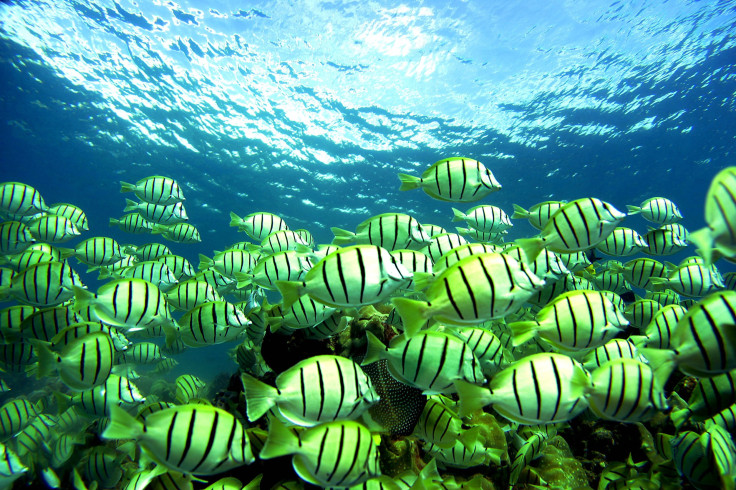The 'Side Effects' Of Eco-Tourism Puts Wildlife In Trouble

Many eco-tourists around the world like to visit isolated and far-flung destinations in the wake of witnessing local people and wildlife. From oasis in Egypt to famous snorkeling sites, eco-tourism has become popular among people in recent times.
However, a latest study suggests that the interaction between enthusiastic tourists and wild animals puts latter at the risk of predation by bigger animals.
Researcher Daniel Blumstein of the University of California, Los Angeles, said that nearly 8 billion people visit the protected areas each year. In almost each human on Earth visiting a protected area once in a year, the interaction is out to make a difference to the environment.
"This massive amount of nature-based and eco-tourism can be added to the long list of drivers of human-induced rapid environmental change," said Blumstein in a press release.
The report, published in the journal Trends in Ecology & Evolution, looks into the long-term effects of eco-tourism and urges the managers of the protected areas to take these factors into account to assess the sustainability of the area. The researchers have emphasized the fact that the objective of eco-tourism is to enhance the biodiversity of the reserve, and not to deplete it.
Blumstein said that when animals interact with humans in a benign way, they might start to feel comfortable and further feel bolder in other situations. "If this boldness transfer to real predators, then they will suffer higher mortality when they encounter real predators," he said.
The researcher also feels that the presence of humans might discourage natural predators and hence make smaller animals bold as well. This type of transfer from human to animals puts the latter at a greater risk in the presence of their natural predators and poachers.
The research team is now planning to study how different species of animals respond to human visitations under different conditions. In addition, Blumstein wishes to figure out the exact human exposure level at which they might be putting the animals at risk.
© Copyright IBTimes 2024. All rights reserved.





















